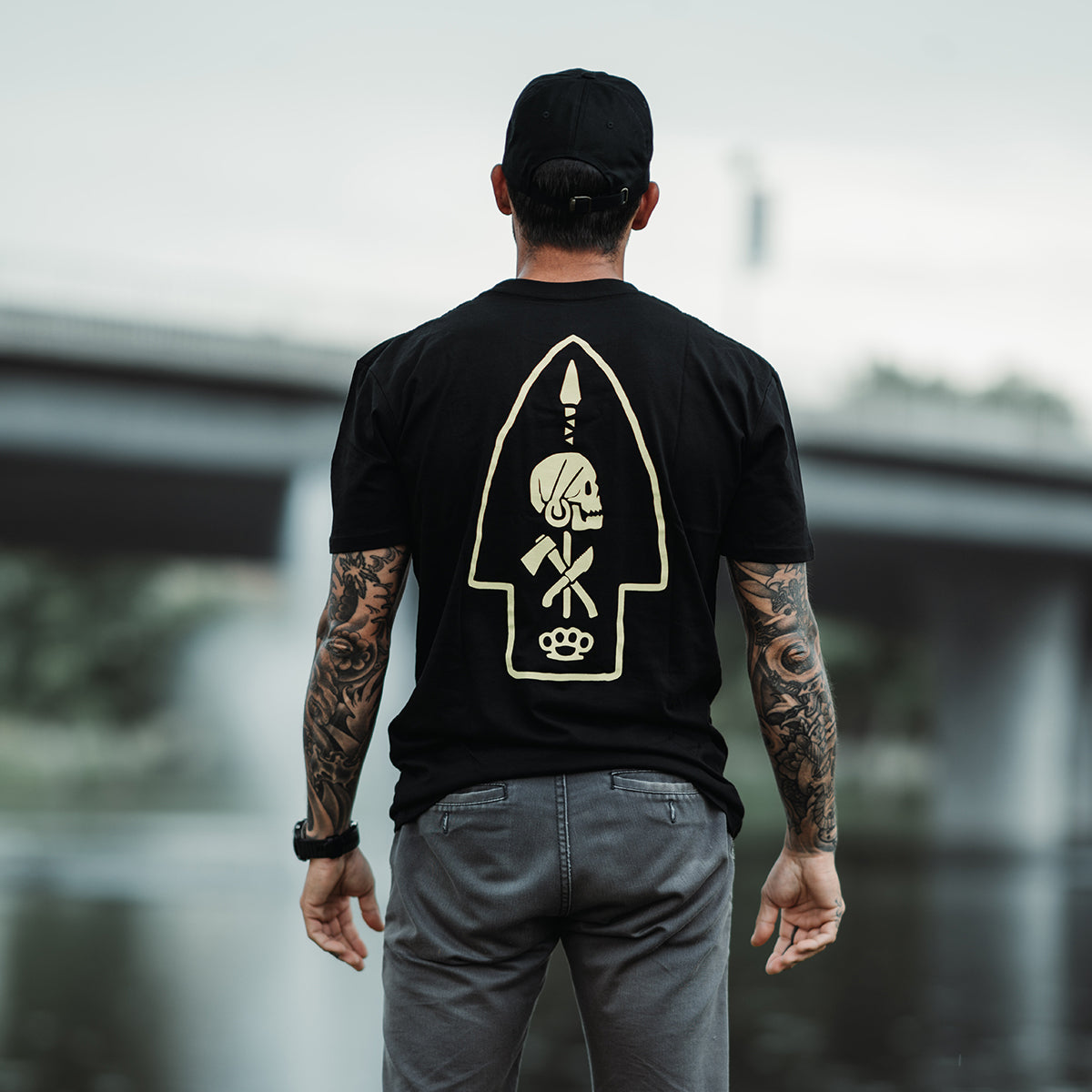
Intel Update: The Islamic State
BY GABRIEL FANELLI
If you are wondering where the remnants of the now defeated Islamic State in Iraq and Syria (IS) fled to, look no further than the struggle faced by Syria’s truffle hunters. A United Nations report from January of this year estimated anywhere from 3,000 to 5,000 IS fighters still remain in Iraq and Syria, and roughly 600 of them fled to the large swath of desert in central Syria known as the Badiya. This desert stretches across portions of Syria, Jordan, Iraq and Saudi Arabia and includes some of the most arid desert on the planet. While this isn’t the ideal clime for many, desert truffles thrive here.
Syria’s truffles don’t fetch as much as their European kin, but at upwards of $35 dollars per kilogram, they are a prized possession in a country where the average monthly income is a mere $14 dollars. Since 2019, some 900 attacks have been conducted in this region by IS fighters according to the New York based NGO Counter Extremism Project. Many of the victims are shepherds and truffle hunters who stumble upon IS caches and hideouts without realizing it. Their spoils are used as profit for a group struggling to keep the lights on.
The Arab Bedouin tribes of central Syria call this desert their home, which forms a triangle from Homs in the north, as-Suwayda in the south, and Dayr az-Zawr in the east. Two of the prominent tribes that hunt truffles in this region are the Beni Khaled and the al-Busayrah tribes. The chief of the Beni Khaled tribe is Matrud al-Ghafile, a close friend of President Bashar al-Assad’s brother Maher. Maher is head of the Syrian Army’s 4th Division, with its hands in the captagon trade, as well as being implicated in the chemical attack on civilians in Ghouta in 2013. The al-Busayrah tribe is run by Muhanna al-Fayyad, who is a member of Syrian Parliament, and close friend to the al-Assad brothers.
Given the recent escalation in attacks, the tribes go out with an armed escort from the National Defense Force (NDF), an all-volunteer militia armed by the Assad regime to protect tribal communities from the scourge of IS. Their compensation is a 50% grab of all truffles collected during the harvest – a large sum of money given the market value of truffles. A slew of wealthy wholesalers stands ready to export them overseas, usually from the Gulf region. Even with the armed overwatch of the NDF, IS will often intercept trucks of truffle hunters and slaughter them indiscriminately. Without the large-scale media machine pushing their narrative, or a base of operations such as Raqqa to hang their victims in the city center for all to see, the jihadis will leave one or two victims alive to tell others of what happened in the infamous Badiya desert.
This area began to serve as the logistics and planning hub for the IS fighters not in prison or in the ground. To the east, the towns of Dayr az-Zawr and al-Busayrah on the SDF controlled eastern side of the Euphrates and al-Mayadin on the regime and IRGC controlled western side of the river are prime smuggling avenues for men, weapons and equipment from the Badiyah. There are many towns inside the northeastern area known as Rojava which are full of Sunni tribes not only loyal to IS, but former IS fighters who are merely waiting for the moment the caliphate is a reality again.
When I was in Syria in 2023, I drove through many of the small Sunni towns and was met with the glares of men dressed like it was the golden era of IS, down to the telltale jihadi beard with no mustache. Kids chanted IS slogans and threw rocks at us as we drove by. Even in Baghuz, long rid of the scourge of IS, the caliphate flag was still found in the backyard of some homes. Gold, silver and copper caliphate coins minted from the plundered reserves taken in Mosul still float around this region, though their monetary value means more to collectors than as a means of purchasing power.
Pushed out of urban centers by the SDF, the Badiya was the only place in Syria they could flee and continue their terrorist activities. The other option was to run to the welcoming arms of Turkey’s National Intelligence organization MIT, who frequently used the porous Turkish-Syrian border to funnel IS fighters into Kurdish regions to combat the SDF and YPG. Now, the relative obscurity the open desert can provide has allowed IS to regroup and then to access more populous areas in every direction at their own discretion. Halfway houses are set up at the edges of every major city in a terrorist AirBnB style manner, offering fighters traveling from the Badiya some rest before continuing on into hostile territory.
In March of 2024, the Syrian Observatory for Human Rights confirmed 18 truffle hunters, including four NDF escorts were killed by IS in the desert south of Dayr az-Zawr. Yet the demand for desert truffles is so high in places like Kuwait that the hunt will go on. According to Atlas Obscura, Kuwaitis set up an entire market in 2006 just for this delicacy, which sees 500 vendors applying for the 120 stalls in the Suq al-Rai. So long as there is a demand for the beige bullions of desert fame, young Syrians will risk their lives against the remnants of IS just for the chance to break out of poverty. For now, every winter when the rains pour down and the lightning strikes, the Bedouin rejoice for they know the truffle season will be plentiful.









